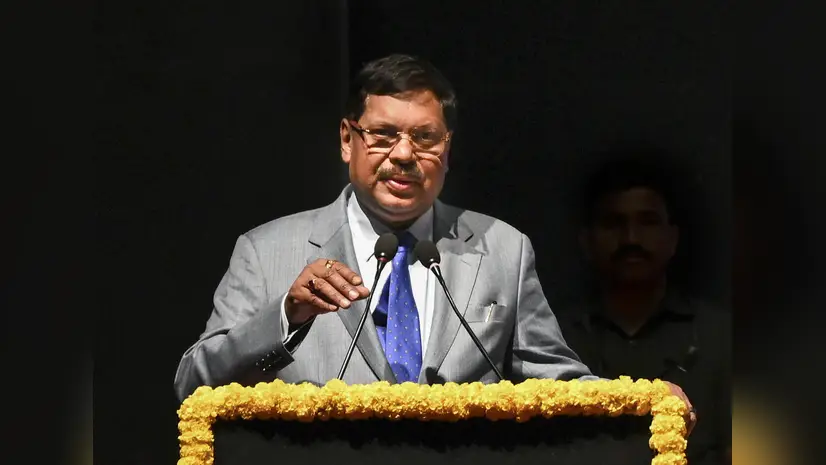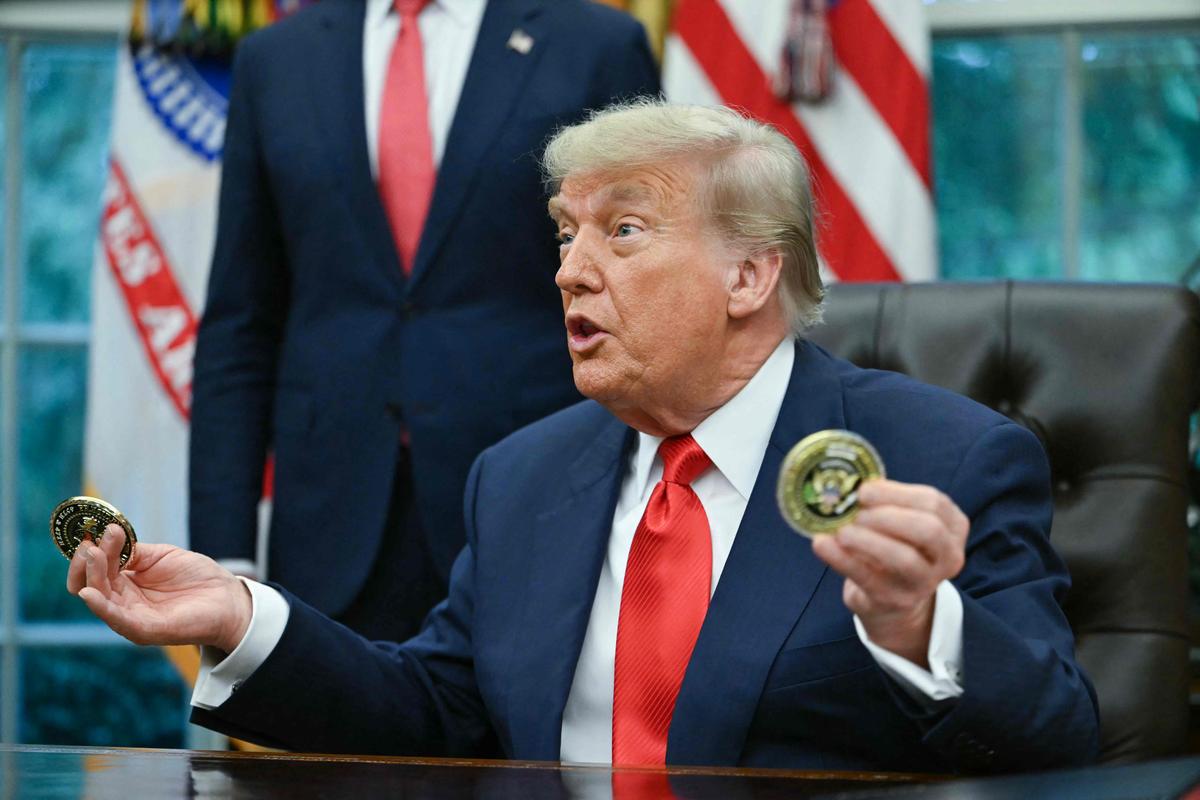- Courses
- GS Full Course 1 Year
- GS Full Course 2 Year
- GS Full Course 3 Year
- GS Full Course Till Selection
- Answer Alpha: Mains 2025 Mentorship
- MEP (Mains Enrichment Programme) Data, Facts
- Essay Target – 150+ Marks
- Online Program
- GS Recorded Course
- Polity
- Geography
- Economy
- Ancient, Medieval and Art & Culture AMAC
- Modern India, Post Independence & World History
- Environment
- Governance
- Science & Technology
- International Relations and Internal Security
- Disaster Management
- Ethics
- NCERT Current Affairs
- Indian Society and Social Issue
- NCERT- Science and Technology
- NCERT - Geography
- NCERT - Ancient History
- NCERT- World History
- NCERT Modern History
- CSAT
- 5 LAYERED ARJUNA Mentorship
- Public Administration Optional
- ABOUT US
- OUR TOPPERS
- TEST SERIES
- FREE STUDY MATERIAL
- VIDEOS
- CONTACT US
CJI Vows Transparency in Collegium Appointments
CJI Vows Transparency in Collegium Appointments

Why in the News?
- Chief Justice of India (CJI) assured full transparency in the collegium system for judicial appointments during a felicitation event by the Bombay Bar Association.
- He emphasized merit, inclusivity, and independence as guiding principles of the selection process.
- He addressed past concerns and controversies, including delays in elevation and internal differences within the collegium.
What are the Key Highlights?
1. Collegium Reform Measures
- Judicial appointments will be guided by transparency, merit, and inclusive representation.
- External pressures will not influence the selection process.
2. Institutional Inclusivity
- Efforts are being made to ensure representation from all sections of society within the judiciary.
- The process aims to be broad-based and equitable.
3. Clarification on Appointment Delays
- Internal discussions and concerns among senior judges are part of the collegium functioning.
- Decisions are taken collectively to maintain institutional balance.
4. Collegial Nature of Supreme Court
- The Supreme Court functions as a collective institution.
- The Chief Justice is regarded as the “first among equals,” not a central authority.
5. Importance of Bar Association Support
- Support from legal communities is crucial in shaping the judiciary.
- Elevations often reflect collective confidence rather than individual lobbying.
|
Collegium System of India:
Key Features:
Current Status:
|
Challenges and Way Forward:
|
Challenges |
Way Forward |
|
Lack of transparency in earlier collegium decisions |
Institutionalize clear, time-bound disclosure norms for decisions and reasons. |
|
Allegations of favoritism or bias in appointments |
Develop objective, publicly known criteria for evaluation of candidates. |
|
Delays in elevation of deserving judges due to internal disagreements |
Improve internal communication and decision-making protocols among collegium members. |
|
Perceived centralization of power in the office of the CJI |
Strengthen collegial decision-making with equitable voice for all senior judges. |
|
External pressures (political/social) influencing selections |
Safeguard the system with legal and procedural buffers ensuring independence from outside forces. |
Conclusion:
Assurance of transparency, inclusiveness, and integrity in the collegium system marks a significant move towards strengthening public trust in the judiciary. Achieving this vision will require sustained institutional reforms, clear procedures, and consistent communication.
|
EnsureIAS Mains Question: The Collegium System has ensured judicial independence but lacks transparency and accountability." Discuss in the context of recent debates on judicial appointments. (250 Words) |
|
EnsureIAS Prelims Question: Q. With reference to the Collegium System in India, consider the following statements:
Which of the statements given above is/are correct?
Answer: b Explanation: Statement 1 is Incorrect– The Collegium System is not mentioned in the Constitution. Statement 2 is Correct– It evolved through the First, Second, and Third Judges Cases. Statement 3 is Correct– The SC Collegium consists of the CJI and four senior-most SC judges. |



